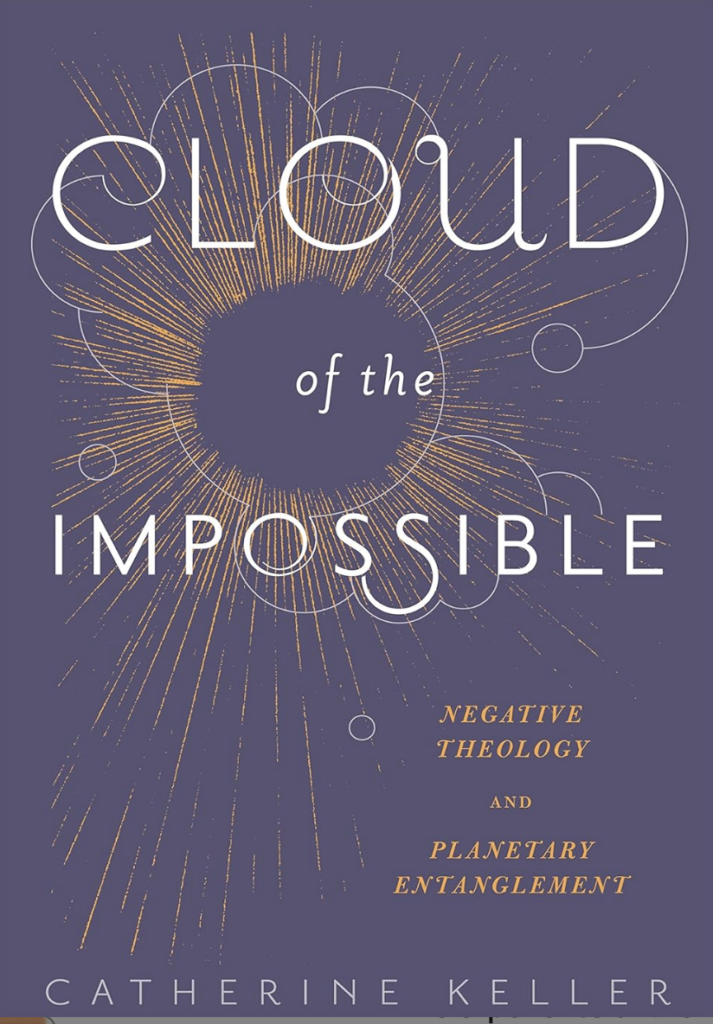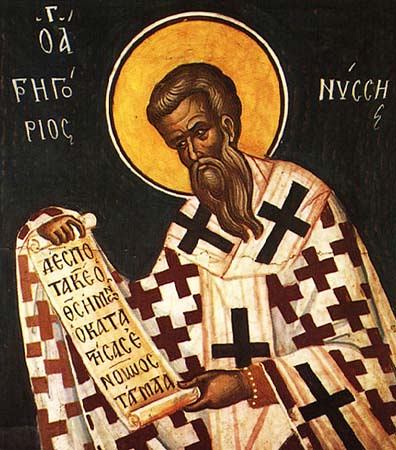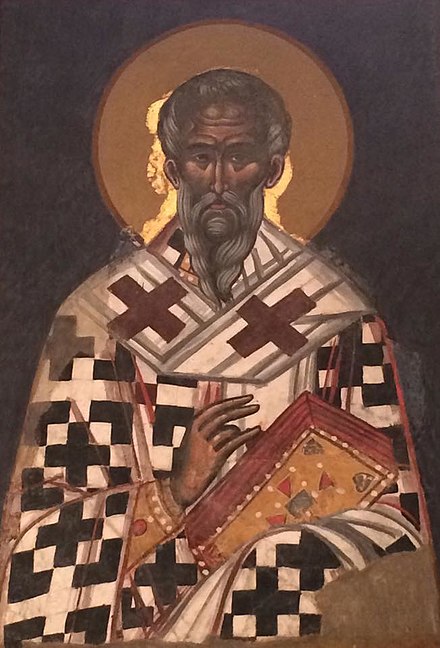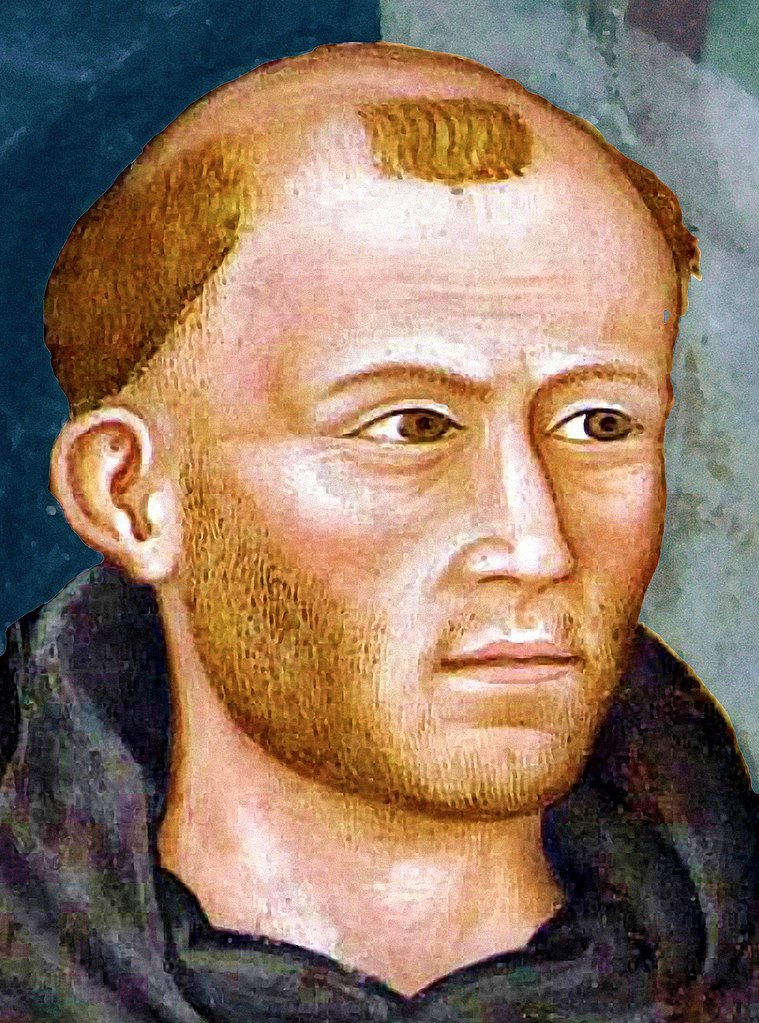“When the Scripture says, ‘Moses entered into the thick darkness where God was’, this shows to those capable of understanding, that God is invisible and beyond expression by words.”
(Clement of Alexandria)
“Jesus often withdrew in lonely places and prayed”
Jesus himself is known to have practiced silent prayer and contemplation, as indicated in the synoptic Gospels:
“Very early in the morning, while it was still dark, Jesus got up, left the house and went off to a solitary place, where he prayed (Mk 1:35)
“After he had dismissed them, he went up on a mountainside by himself to pray. Later that night, he was there alone” (Mt 14:23).
“But Jesus often withdrew in lonely places and prayed” (Lk 5:16).
Langdell adds, however, that when he taught others, Jesus used “what has become known as the Lord’s Prayer (Mt 6:9 – Luke 11.2) … It starts with ‘Our Father’ – note, not ‘My Father’, but ‘Our Father’. This affirms a repeated theme in Christ’s teaching of the Way: namely, that the journey of The Way is from being a child of God (a being in creation, ego-centered, dualistic, the self with a small s), to become a Son (or Daughter) of God (that is, a state of consciousness where you are aware of your oneness with God, the non-dual state that is characterized by ‘How may I help you?’ and is the Self with a large S. It continues ‘Our Father in Heaven’. This Heaven of which Christ spoke is not some distant place that one goes to when you die, but rather it is within you (Lk 17:21) It is a state of consciousness, divine consciousness, that we may all awaken to.”
And when the Lord’s Prayer says “Your Kingdom come,” he did not mean a new Jewish kingdom by a Messiah belonging to the lineage of David. Langdell says: “This was not what Christ was teaching … Rather he was improvising on scripture and re-envisioning the Messianic age as being not a new age for the Jewish peoples, but a new age for all humanity, an age that would be characterized by the emergence of a Kingdom of God, not a Kingdom of man … What is was referring to is a state of being in oneness with God, awake to your True Self: non-dual awareness, rather than being stuck in the dualism of ‘me’ and ‘you’, ‘us’ and ‘them’. Just as Zen teaches us that there is nothing to realize, nothing to gain, since we are already awake, already Buddha, just so in Christ’s The Way teaching we are all in this Heavenly Realm already: we just have to awaken to that fact … This is the core teaching he repeated over and again: in order to enter the state of consciousness he called Heaven within you need to align your will with God’s will. To do this you must experience metanoia. That is, you need to have a mystical experience, go beyond (meta) thought (noia).”
“To mix the Zen and theistic terms, what he is asking people to pray for is to align the absolute (divine) with the relative (temporal, human earthly realm of ‘things’). Achieving this, he taught, is becoming one with your ground of being, one with God, realizing your Buddha-nature. When you do this, your will align with God’s will. In Zen terms, awaken to your Buddha-nature, become fully aware of the absolute and the relative, and right action, right conduct and right speech will naturally follow.”
When comparing Zen meditation with Christian silent prayer of contemplation, it is good to keep in mind that “what Eastern traditions call meditation to be known as contemplation in the Christian tradition, and vice versa. Thus, while meditation is usually thought of in Zen and other Eastern traditions as the act of sitting silently, in Christianity it has been more usual to term this (silent) contemplation.”Meditation for Christians tends to be understood as “something that is done on a subject or topic.” This being said, meditation on particular topics has also been practiced in Buddhism, though not in Zen.
Key forces that have influenced Christ’s view of silent prayer and contemplation
In fact, apart from the “hypocrites” who “love to pray standing in the synagogues and on the street corners to be seen by others,” whom Jesus strongly criticizes in the Gospel of Matthew, Langdell tells us that there were Jewish ascetics, eshewing personal possessions, and living as “hermits,” who focused “on contemplation, silence and a spiritual practice that involve withdrawal from society to contemplate … They were referred to as ‘contemplatives’… and nowhere is it written that they prayed out loud to themselves.”
Langdell writes: “there were at least four key forces influencing Christ’s view of silent prayer and contemplation: they are the Jewish tradition that included Hannah’s prayer; Christ’s obvious awareness of Mahayana Buddhist traditions and practice (as shown by his use of Buddhist parables); Christ’s familiarity through John the Baptist and others of the first century Gnostic, Essene and other ascetic practices; and, finally, the ever pervasive presence of Hellenist thought including the fledgling beginnings of what would come to be known as Neoplatonism.”
The Christian Apophatic Tradition
Langdell tells us that the Christian cataphatic (or kataphatic) tradition can be defined as “an affirmative way of understanding transcendence using positive attributes,” whereas “the apophatic way [stresses] God’s absolute transcendence and unknowability.” An example of the former would be that taught by Thomas Aquinas. The latter, also known as via negativa, is “often associated with mysticism and mystical experience. It is a way that realizes that ultimate truth cannot be described in words.” It is therefore that which is closer to the Buddhist approach of religious practice.
Now, it would be incorrect to state that Jesus’s genuine teaching of metanoia as a transformative experience of “awakening” was all but forgotten once the Christian Church was established on the basis of the pedestalized Christ as the only “son of God” according to the views of Paul. Among the educated at least a strong apophatic tradition developed in the early the medieval period, as evidenced by the oft-quoted statement that, starting with Irenaeus (c.130-202), a Greek Church Father, in Against Heresies: “The Word of God, our Lord Jesus Christ, who did, through His transcendent love, become what we are, that He might bring us to be even what He is Himself” as well as a raft of similar quotes found in the teachings of theologians during the first four centuries of the Christian era. It is best known in Athanasius of Alexandria’s wording: “[Christ] was made human so he might make us sons of God.”

In Cloud of the Impossible, Catherine Keller provides an in-depth study of the main Christian mystics of this early period, among whom Gregory of Nyssa (4th century) associated with the concept of “luminous darkness,” “the Syrian writer known as [Pseudo-] Dionysius the Areopagite (5th-6th century), author of Mystical Theology, Meister Eckhart, the 13th-14th century mystic who postulated a godhead of nothingness above God as creator, and Nicholas of Cusa (15th century), known for his concept of “docta ignorantia, the “knowing-ignorance”- and he to whom we owe the phrase “coincidentia oppositorum.” Keller says that negative theology seems to meet an unanswered question left by Plato: “if the One ‘is’, it ‘has being’ – which is then something other than the One, which ‘has’ it. “Therefore the One in no sense ‘is’. The one, the One is ‘not’?”
Paradoxically, negative theology makes use of the Old Testament account of Moses’ encounter with God on Mt Sinai, where God is reported as saying: “I am going to come to you in a dense cloud.” (Exodus 19:9). Already in the 2nd century, one of the Church Fathers, Clement of Alexandria, had written: “And when the Scripture says, ‘Moses entered into the thick darkness where God was’, this shows to those capable of understanding, that God is invisible and beyond expression by words.”

Talking about Gregory’s concept of “luminous darkness,”Keller writes: “The alternative to mere knowledge and mere ignorance finds enfolded in itself the ancient theological ancestry of the brilliant darkness. This cloudy luminosity, already articulated in a fourth-century Cappadocian exegesis of Moses’ mountaintop theophany, unleashed the current of what is called negative theology – the way of negating in speech that which can be said of an excess, the infinity that escapes speech.”
Gregory also writes: “When, therefore, Moses grew in knowledge, he declared that he had seen God in the darkness, that is, that he had then come to know that what is divine is beyond all knowledge and comprehension, for the text says, Moses approached the dark cloud where God was.” Keller adds that “Gregory offers the first utterance of that most radiant of theologoumena: the ‘luminous darkness'” and “In Gregory, as in Moses, the darkness, as seen ‘more clearly’, is not a lack but a gain, whether in proximity or in comprehension … The identification of truth with light, with illumination, characterized the least mature faith. To grow spiritually means here to outgrow this pious fear of the dark. Gregory can be said here to launch a radical challenge to what I have called elsewhere the light supremacism, which finds in Christianity both apocaliptic and philosophical forms.” “Luminous darkness” is a superb metaphor which brings to mind the distinction made by Yuasa Yasuo, a scholar and philosopher associated with the Kyoto School, who sees consciousness as “double-layered.” Yuasa writes: “The surface is called ‘bright’ because it is capable of self-conscious awareness. It is the ‘realm of thought’ which is ‘the object of modern Western philosophy’ … It is only the surface of something deeper, something not itself capable of bright self-consciousness.” Yuasa calls this layer the “dark consciousness.” The former is bright because it is that of the “many differentiated forms” while the latter is dark because it is that of the undifferentiated whole. For mystics, however, dark consciousness is luminous because it is the apprehension of the ultimate, divine reality beyond words. Adjectives such as “solar” and “lunar” consciousness have also been used in ancient traditions.
Resurgence of interest for Pseudo-Dionysius the Areopagite and Meister Eckhart

Pseudo-Dionysius the Areopagite (late 600-early 700), also known as Pseudo-Dionysius, and Meister Eckhart, the 13th-14th century mystic and theologian, associated with the “Living without Why” (Leben Ohne Warum)” movement in the Rhine region, have recently attracted special attention among both Christian and Buddhist seekers. The former has been studied by Fr Thomas Keating, a Cistercian monk who combined ideas he found in The Cloud of Unknowing – an anonymous work said to reflect Pseudo-Dionysius – and techniques borrowed from Zen to create a new Christian form of contemplative prayer called the Centering Prayer. For a more detailed presentation of Pseudo-Dionysus, please go to
As for Meister Eckhart, after centuries of oblivion, Amber Griffioen writes in the Stanford Encyclopedia of Philosophy on Eckhart that “ “few medieval thinkers are as wildly popular today in non-academic circles (and even more widely quoted out of context—both in his day and in ours) than Meister Eckhart.” I was first made aware of his importance through the fact that, after getting acquainted with the Christian apophatic tradition, the three main thinkers of the Kyoto School of Philosophy, selected Eckhart as the author that best exemplified Christian theology and mysticism, and engaged in a serious comparative effort with Buddhism, Zen in particular. Of course, Eckhart is the man who postulated a godhead of nothingness above God as Creator, which, of course, parallels the Buddhist concept of emptiness (sunyata).

Nishida Kitaro and his two main disciples, Nishitani Keiji and Ueda Shizuteru, carried out a serious study of the thought of Meister Eckhart. Nishitani lectured on Eckhart at Freiburg University during his two-year period of study with Martin Heidegger before World War II. Ueda wrote a PhD dissertation on Eckhart during a three-year period of study at Marburg University in the 1960s.
Nishitani borrowed from Eckhart such notions as the kenosis of God, and the ekkenosis of Christ, when working out his description of emptiness (sunyata) as a dynamic “self-emptying.” He also drew on Eckhart’s conception of a “living without why” when he later asks “What kind of a life is this life of affirmation? The lived realization of emptiness, its existential appropriation, conquers nihilism with an attitude of profound play that might be characterized by the gatheredness of samadhi or in Eckhartian terms life living itself without why or Leben ohne Warum … In freedom from the fetters of attachment, all our work takes on the character of play without aim or reason or cause, having cast off the character of why or wherefore.”
At the request of the German professor who had supervised his dissertation, Ueda wrote an additional text entitled “Zen and Mysticism” which was added as an appended chapter to the published version of the dissertation. While he had first suggested that Zen awakening went further than that of a Christian mystic, and attained “non-mysticism,” Ueda, toward the end of his life, did recognise that Eckhart’s realisation had been the same as that of an awakened Zen master.
For details on Nishitani’s and Ueda’s presentations of Eckhart’s thought, see https://buddhism-thewayofemptiness.blog.nomagic.uk/nishitanis-study-of-meister-eckharts-negative-theology/ , https://buddhism-thewayofemptiness.blog.nomagic.uk/marburg-dissertation-on-meister-eckhart/ and https://buddhism-thewayofemptiness.blog.nomagic.uk/non-mysticism/
Yet, by Eckhart’s time, the Inquisition had begun to systematically cleanse Christianity of its so-called “heretics.” In 1310, Marguerite Poree, the author of “The Mirror of Simple Souls” and a nun associated with Eckhart, had been burned at the stake follosing her refusal to recant her views. In 1326, fragments of Eckhart’s sermons were reported to the papal authorities and he was asked to justify some of his statements, which he did. While, in earlier centuries, “becoming like Christ is Himself” had never been regarded as a violation of the ontological gap between man and God, it seems that, in Eckhart’s case, the problem was that he taught it to ordinary churchgoers, and it was feared that one of them would end up claiming that he “is” God. Eckhart’s death in 1328 put an end to the prosecution, but Eckhart’s name was never officially cleared, the excuse being that he had not been “personally” charged for being an heretic! The few statements that had been questioned had never been fully investigated. In 2010 a letter from the Vatican stated that “we are perfectly free to say that he is a good and orthodox theologian.” Yet, for seven centuries, Eckhart’s works had to be kept secret and his name was almost forgotten.
Sources:
Tim Langdell – Christ Way, Buddha Way
Catherine Keller – Cloud of the Impossible
